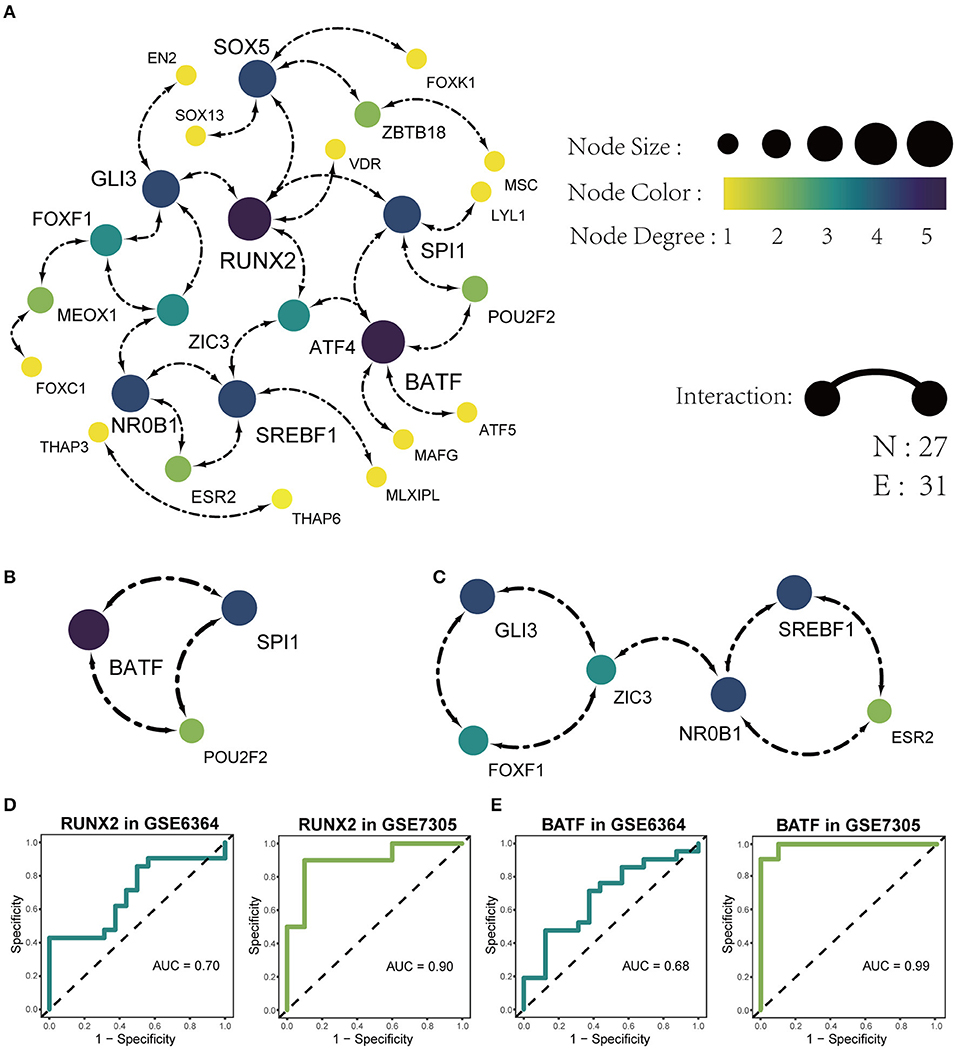

By regulating hormone signaling pathways such as abscisic acid (ABA) and jasmonic acid (JA), AP2/ERF genes play an important role in plant signaling and improve plant drought resistance. , a large number of AP2/ERF genes have been discovered for instance, AP2/ERF genes can improve drought tolerance by specifically binding to downstream genes, for example, SpERF1 activated and regulated downstream genes Meanwhile, the function of AP2/ERF genes in model plants such as Arabidopsis and rice has been studied more frequently and intensively, and it has been shown that AP2/ERF genes play an important role in the molecular regulation mechanism of drought in transgenic plants to improve drought stress tolerance by binding to DRE/CRT elements in the promoters of drought-related genes HSP101, RD29A, P5CS, and others. Genes of the AP2/ERF family are considered to be plant-specific transcription factors. The AP2 subfamily contains two AP2/ERF structural domains that have been linked to plant flower development the RAV subfamily contains one AP2/ERF structural domain and one B3 structural domain and the ERF and Soloist subfamilies have one AP2/ERF structural domain each. The AP2/ERF gene family is divided into four subfamilies based on sequence similarity and the number of AP2/ERF functional structural domains. A structural domain at the C-terminus with about 40 amino acid residues may participate in transcription factor interactions. The AP2 functional structural domain specific to the AP2/ERF gene consists of 60–70 conserved amino acid residues, which include the YRG and RAYD structural domains the YRG structure is located at the N-terminus of the AP2 structural domain and consists of about 20 amino acid residues the YRG structure’s role is to allow the AP2/ERF gene to contact DNA and recognize cis-acting elements. AP2/ERF gene families have been discovered in an increasing number of plant species, and AP2/ERF family genes are more numerous and functionally diverse, involved in physiological and biochemical processes such as growth and development, hormone signaling, and the response to biotic and abiotic stresses in plants. AP2/ERF genes were firstly identified in Arabidopsis thaliana and were associated with flower development. massoniana to improve drought resistance.ĪP2/ERF (APETALA2/ethylene -responsive factor) is one of the largest families of transcription factors in plants. The results indicate that the PmAP2/ERF genes may positively or negatively regulate the corresponding signaling pathways in P. The genes mentioned above may be involved in hormone signaling pathways in response to drought stress. The PmAP2/ERF genes responded to drought stress following treatment with the exogenous hormones SA, ABA, and MeJA, but the expression patterns differed, with each gene responding to at least one exogenous hormone to induce up-regulation of expression under drought stress, with PmAP2/ERF11, PmAP2/ERF44, PmAP2/ERF77, and PmAP2/ERF80 genes significantly induced by three hormones. Nine PmAP2/ERF genes were constitutively expressed under drought treatment, and it was hypothesized that the PmAP2/ERF96 gene negatively regulated drought stress, PmAP2/ERF46 and PmAP2/ERF49 genes showed a positive or negative response to drought in different tissues, while the remaining six genes were positively regulated. We identified 124 AP2/ERF transcription factor family members in this study and discovered that all the genes had their own conserved structural domains and that PmAP2/ERFs were divided into 12 subfamilies with high conservation and similarity in gene structure and evolutionary level. Plant growth, development, and stress were all regulated by AP2/ERF. massoniana growth and limiting the development of the P. The current seasonal drought climate is becoming increasingly severe, threatening P. is found in 17 Chinese provinces and is an important timber tree species in southern China.


 0 kommentar(er)
0 kommentar(er)
